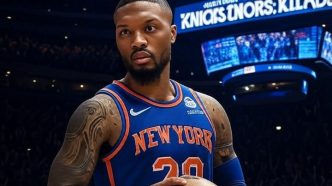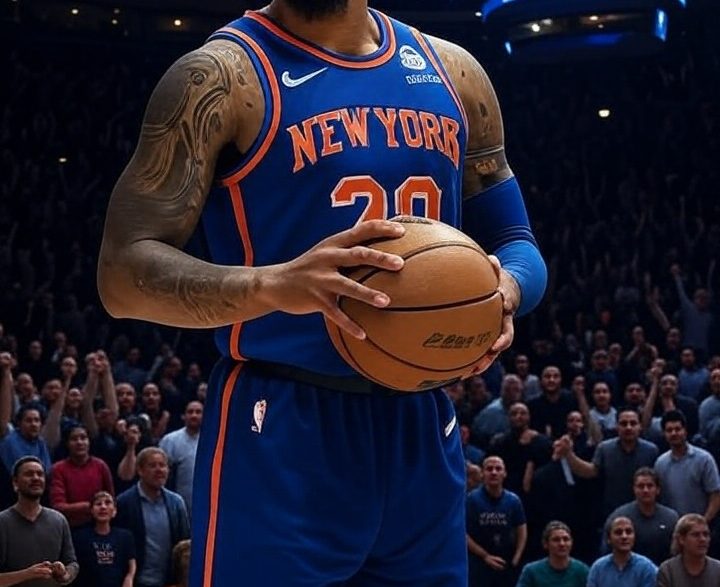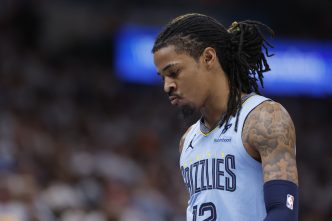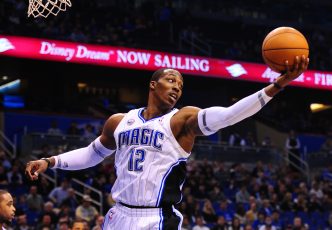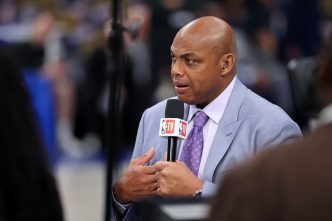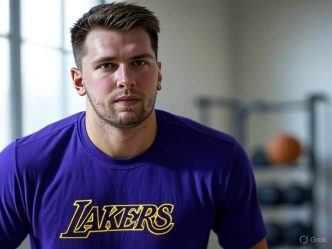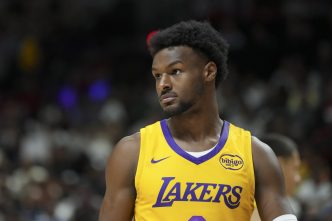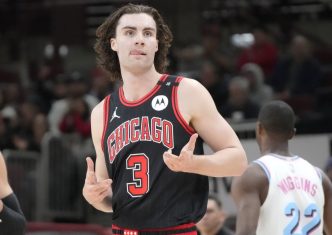As we dive into the NBA offseason just three days into official free agent negotiations, a whirlwind of activity is taking shape. We’re witnessing jaw-dropping trades, astonishing contracts, and the kind of drama that NBA fans live for. Let’s break down the key players in this offseason’s early narrative, identifying who’s winning and who’s losing as the summer unfolds.
Starting with a clear winner, the Houston Rockets emerged as offseason champions simply due to their acquisition of Kevin Durant. This trade sideswiped the league, landing a superstar who perfectly addresses the team’s biggest needs without sacrificing any of their young talent or draft picks. But the Rockets didn’t just stop there; they bolstered their roster further by signing Dorian Finney-Smith, Clint Capela, and Fred VanVleet, while also extending Jabari Smith Jr. and re-signing Jae’Sean Tate, Aaron Holiday, and Jeff Green.
What does this mean for Houston? They’re stepping into the spotlight with a dynamic, adaptable roster that can outmaneuver opponents in multiple ways—whether it’s through defensive grit, rebounding, or sheer offensive firepower. They’re setting up a thrilling rivalry with the Oklahoma City Thunder, positioning themselves as the second-best team in the West and a serious contender against a Thunder squad looking to repeat as champions.
Now, to be fair, the Rockets’ roster isn’t without questions. They’ll rely heavily on VanVleet, who’s now in his 30s and may not be the long-term solution they desire in the backcourt. Plus, adding Capela into an already crowded frontcourt with players like Alperen Sengun and Steven Adams could lead to some juggling in their lineup. However, these are minor concerns compared to the potential of a team that has added Durant, one of the most lethal scorers in NBA history, into the mix.
Switching gears, the Los Angeles Lakers find themselves on the losing end of this offseason so far. Following their acquisition of Luka Doncic, it became imperative for them to acquire a center—a challenge made more complex when the deal for Mark Williams fell through due to a failed physical. This left them with limited options as they entered free agency, eventually settling on Deandre Ayton after he was bought out by the Blazers.
The dynamics of the Lakers’ roster present some significant challenges. Ayton, while talented, doesn’t appear to fit seamlessly alongside Doncic, as he lacks the versatility needed to thrive in a modern, dynamic offensive scheme. His game peaked several seasons ago, and his advanced stats suggest he has not lived up to expectations. The two-year deal carries its own risk—if he performs well, he’ll likely opt out, leaving the Lakers with yet another hole to fill; conversely, if he underwhelms, they’re stuck with him for a second season, complicating their future plans.
There’s an array of idiosyncrasies within the Lakers’ rotation, particularly their stockpile of power forwards while lacking reliable center options. After a disappointing playoff exit, they hoped to transform their roster this offseason, but they’re currently left grappling with an unbalanced lineup that raises more questions than answers.
On the flip side, while the Lakers scramble, other teams are busy reinforcing their big-man depth. Across the NBA, the trend of stacking up on centers has become increasingly evident, with teams like the Rockets signing Capela and the Nuggets acquiring Jonas Valanciunas, all aiming to fortify their frontcourts. It’s a strategic shift toward double-big lineups, a clear departure from the small-ball era of recent years.
Looking at the San Antonio Spurs, their new duo of Luke Kornet and Victor Wembanyama promises to be a defensive nightmare for opposing offenses. Their ability to defend effectively around the rim should keep opponents in check as they adjust to the recent trend of building strength in the paint.
Meanwhile, the Denver Nuggets continue to evolve. After a long history of success with their starting five, they’ve made bold moves this offseason by trading Michael Porter Jr. to acquire the sharpshooting Cam Johnson. This swap not only enhances their depth but also offers financial flexibility, enabling them to add even more talent, such as Bruce Brown Jr. and Valanciunas.
Now, not every team is going up. The Milwaukee Bucks are facing a tough offseason as they’ve found themselves in a challenging position after an injury setback with Damian Lillard. Although they’ve managed to create some flexibility by waiving Lillard, the long-term implications leave much to be desired. The Bucks are in a precarious situation as they attempt to build around Giannis Antetokounmpo without significant assets or draft capital.
Lastly, let’s recognize the Atlanta Hawks, who have made notable strides this offseason, particularly surrounding Trae Young. Their trade for Kristaps Porzingis coupled with savvy acquisitions enhances their roster, positioning them to break out of their play-in game rut and aim for a higher seed in the competitive Eastern Conference.
On the other hand, the New Orleans Pelicans look to be grappling with poor decisions after trading away valuable assets. Their approach could leave them in a tough spot moving forward, particularly as they aim to integrate prospects alongside established stars like Zion Williamson.
As the offseason progresses, these narratives will only deepen. With more trades and signings still on the horizon, the landscape of the NBA is set for some thrilling storylines as teams reshape their futures and vie for supremacy in the coming season.

